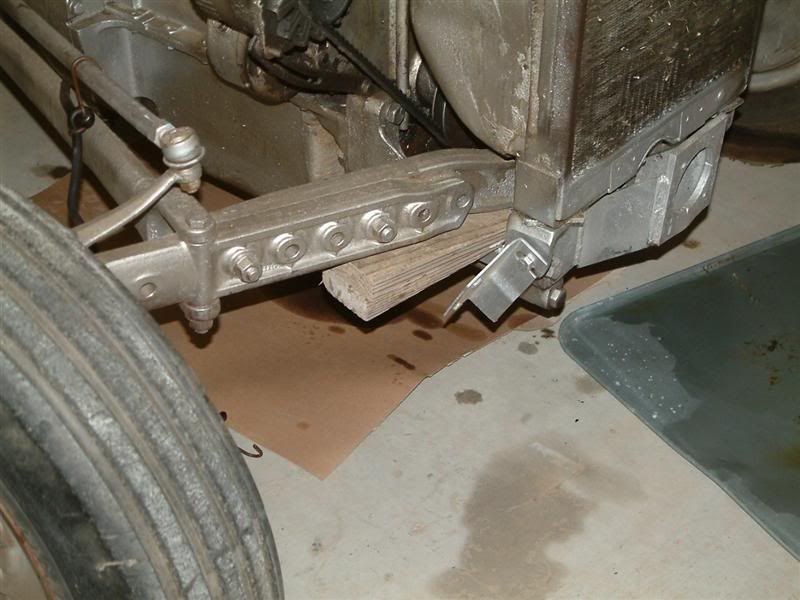Farmwithjunk
Super Member
flusher said:I thought there was something goofy about that IT procedure. Don't know where IT gets the stuff it prints. I wonder if IT just cuts and pastes stuff out of service manuals without considering if it's the most logical/economical procedure.
I guess the moral here is go with the experienced voice and don't believe everything you read. Your method is far simpler and gives me confidence that I can giterdone. Thanks again.
One of the main selling points on the 100 series Massey's is their ease of maintenance and repair. Various components can be worked on without totally dismantling the tractor. Most of the Massey Ferguson manuals have been updated and supliments issued over the years that show ways of initiating repairs without complicated and lengthy dis-assembly. What info is contained in the I&T manuals on 100 series MF's is "old news" for the most part. Their manuals have been left unchanged since the very first ones I've ever had my hands on.
I&T Manuals get the lions share of their info from manufacturers tech manuals. But SOMEHOW along the way, the manage to muddy up the process just about every time. In just about every conceivable repair process listed, I&T calls for more steps and USUALLY they list the same work time. Not sure how that can be.
I&T also has an alarming habit of mis-stating technical specifications from time to time. EBAY has allowed me to collect technical service manuals from Massey Ferguson and Perkins Diesel. They ALWAYS give the same specs. I've found contradictory information in the I&T manuals often enough that I just don't trust them any longer. I've got a few "inspirational ideas" from I&T, but I never look there as a singular source of information.
Since I've decided that my MF150 is a "lifer", I searched EBAY until I found Massey's 150 OWNERS MANUAL's, both ORIGINAL and updated versions, Parts manuals w/updated supliments, Service manual, TECH service manual (dealer copy), A MF tech manual strictly on Perkins diesels, A Perkins tech service manual, and a tech manual on the CAV injector pump. (Perkins was once a division of Massey Ferguson) Also I have MF flat rate labor manual. ALL the information contained in these manuals jive with each other. They were all published by the folks who designed and built the tractor and/or its components. I trust them before I trust an outside source.
Last edited:
